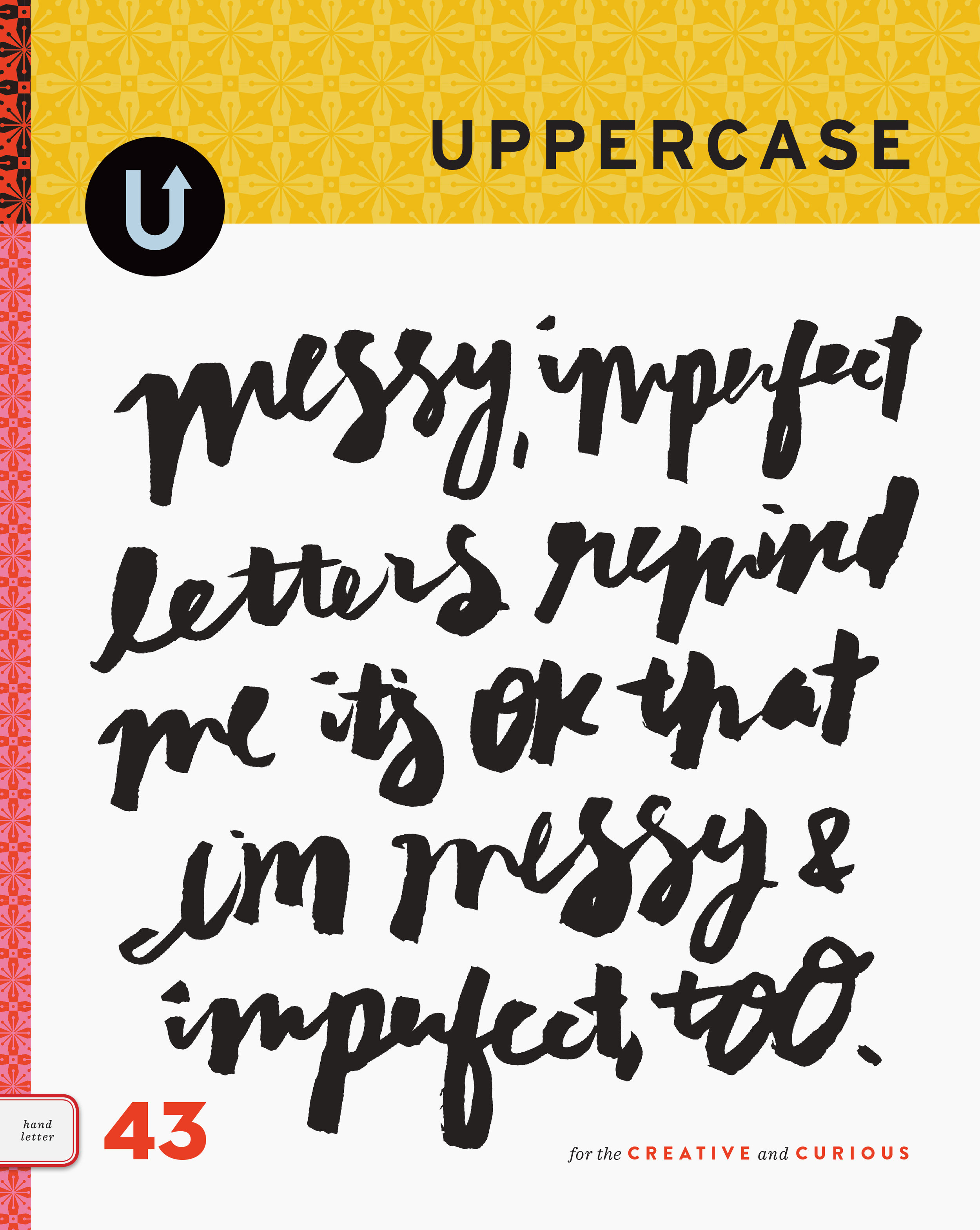
Celluloid advertising mirrors were common in the early 1900s and were mainly used to advertise products to women, such as hygiene products, household appliances and foodstuffs. Mirrors were also a popular giveaway in promoting typewriters. {The images above from current ebay auctions, the typewriter mirrors are from Chuck & Rick's Typewriter Museum.}

"Celluloid is generally regarded as the first modern plastic. It was introduced in 1871 by the Celluloid Manufacturing Company of Albany, NY. The use of celluloid began with the manufacturing of billiard balls and was intended as a replacement for ivory. However, by the late 1800s it was used for all sorts of products from billiard balls to bobbin lace prickers, bracelets, button hooks, buttons, cameo brooches, cameo earrings, charm bracelets, dolls, folding toothpicks, fountain pen bodies, guitar picks, hair combs, hand mirrors, hat pins, knife handles, letter openers, match safes, mechanical pencils, money clips, necklaces, paperweights, pin-packs, pocket mirrors, ring boxes, rulers, shoehorns, stick pins, tatting shuttles, thimbles, toys, vanity boxes and many other items.
The celluloid products mentioned above were made between the late 1800s and 1940s. Buttons were made by the millions for use on clothing and jewelry such as brooches, earrings, bracelets and necklaces also saw wide spread use. Vintage fountain pen bodies made of celluloid are a very popular collectible today.
Some of these products were advertising giveaways distributed by every kind of business all across the United States. The most popular advertising celluloid giveaways were pin-backs and pocket mirrors."




































